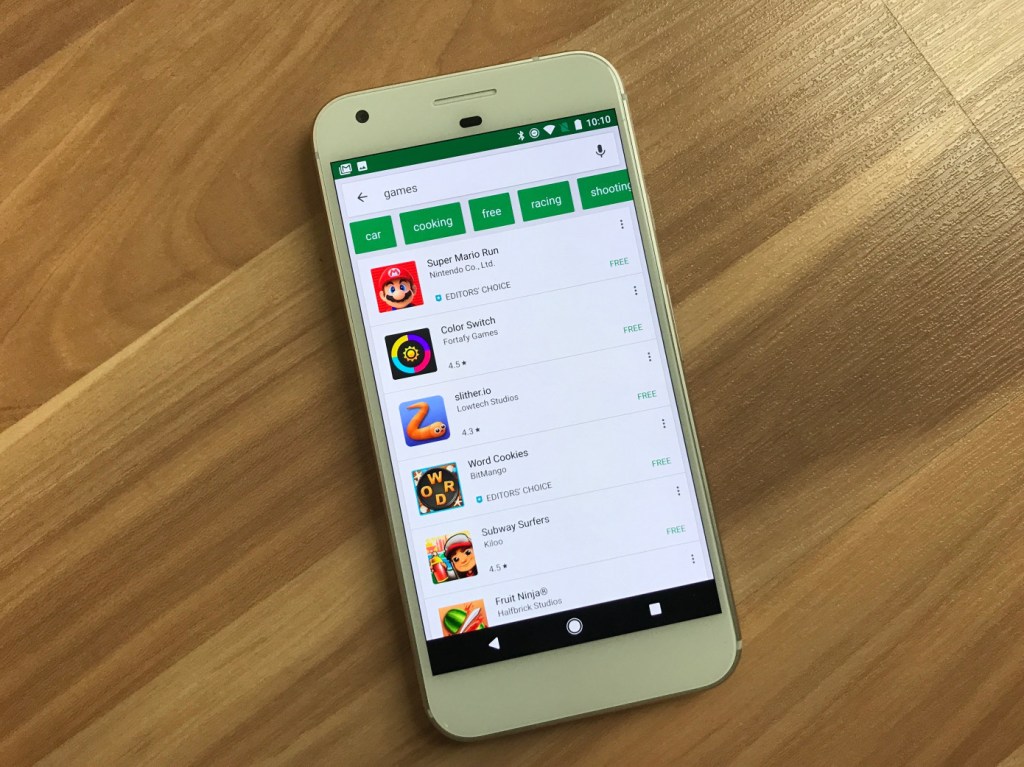Evan Fisher
More posts from Evan Fisher
Let’s play out this scenario. Your deck is ready and you’re just about to start reaching out. What does conventional wisdom say that you should send? A three-paragraph overview, four bullet points outlining the problem, and three bullet points on how you solve it and why you’re the best. You went through all that work … but who is going to read it? A junior person. Not even a senior VC.
Even if you do end up with a meeting, odds are that your deck didn’t even get read. The biggest lie in venture capital is: “Yes, I read through your deck.” Because those words are immediately followed by, “ … but why don’t you run us through it from the beginning?”
At that point, it’s safe to assume that no one has actually taken the time to read through what you sent, the junior guy thought it would be an interesting meeting considering the fund’s current themes of interest, and no one objected to taking the meeting. But no one has really taken the time to read through your deck.
According to DocSend, the average pitch deck review time over the last 20 weeks is less than three minutes. Let’s break down how much time you’ll be given for a 12-page deck (a very concise deck):
- Cover — 5 seconds.
- Back cover — 5 seconds.
- All the rest — 2:50.
That also includes time for that critical-to-understand diagram that illustrates and distills your unique system or view of the world. Do you think 25 seconds is long enough to fully comprehend that diagram and connect the dots with your value prop? Not likely.
What should you do about it?
Don’t send cold decks, ever. Instead, you should be video pitching — this is a video walkthrough of your deck, with your face in a camera bubble talking through it and giving added color in a video no longer than six-and-a-half minutes. Your objective for this video: Get in, provide a basis of understanding, and get out with a punchy CTA. Nothing flashy, nothing fancy.
More investors are embracing video pitches (prime example: Ashton Kutcher’s Sound Ventures), and in the age of the Zoom-based pitch meeting, it’s quickly becoming the standard.
The rapid but notable shift is because in video pitching, founders get to showcase the preparedness, commitment and passion VCs are looking for, all while telling their story. None of that is effectively transmitted in a cold pitch deck. Further, it allows you to create a deeper connection even before a meeting ever takes place. In a sense, it allows you and the investor to skip a step in the relationship-building process.
Why you have to do video pitches
Cold decks get blown out of the water when compared with the benefits of the video pitch:
- You can connect the dots in an easy-to-digest manner. Instead of simply reading the slides, you’re adding context as you go through them. Basically, you’re doing investors a favor by doing the mental heavy lifting for them.
- You control the interaction. It’s a recorded video, so you get to pitch with the added benefit of not getting interrupted.
- People might not give three minutes to skim a PDF, but they will watch a six-and-a-half minute high-relevance video!
- You get to put a face to your name and showcase your ability to sell to clients and investors. It gives them everything they need to know about how you run your business without having to say it in person.
- The replay button gives them the option to watch it again.
- Bonus: Email notifications. ‘Nuff said.
One thing’s for certain, the person who talks to an investor 10 minutes after they watched the video to follow up and answer questions is in a very different boat than the one that sends a cold PowerPoint. So if you thought having pro-level Zoom meeting chops was highly valued, it’s now time to raise your video pitch skills to the same level.
Video pitches maximize conversion rates
Typically, when using the video pitch correctly, we have seen founders book 2x to 5x the number of investor meetings, and 3x to 5x the amount of investor commitments from your first 20 investor meetings. Founder Adelle Archer of grief wellness pioneer Eterneva explains, “Using a video pitch goes far beyond the cold-deck approach. First, you’re bringing additional warmth, energy and personalization to your opening elevator pitch. Second, it helps you gauge which investors are really interested based on watch time. And third, it’s a powerful way to get ‘face time’ with partners you didn’t speak with but who are part of the investment committee.”
Even if the only benefit was that other investment committee members heard the story direct from the founder, that alone would make your video pitch worth it.
There’s an intangible power dynamic shift, too
When an investor has already heard you speak and explain your vision, the power dynamic of that first 30-minute meeting fundamentally changes. You’ve come to the table not telling, but showing that you’re operating at pro level. Founders we’ve spoken with have reported that after video pitching, instead of feeling like a lowly startup asking for capital, they felt more on an equal footing with prospective investors they spoke with. They got a lot farther, faster. They were perceived as mature and seasoned. This strategy was their great equalizer in the power equation.
The right way to prepare a video pitch
- Practice, part 1: Script your pitch first. Your verbal talk track should be sectioned by deck page, on a single Word doc. Choose whether you work best from bullets or full text. Print out your verbal talk track and read through it out loud with a pen in your hand. Make a little dot wherever you verbally trip up and edit every place you made a dot (because surprise! Reading out loud sounds different from what you put on paper). Go through this process twice without your deck. Just read your verbal talk track aloud, don’t record on the first two read throughs. But on read through #3, still with no deck, this time, record yourself and listen through it with a careful focus on how it flows. Speaking of which …
- Practice, part 2: Flow is key. Solid narrative transitions are actually more important than what’s on your slides. On read through #3, tweak the transitions between your deck pages so that the story all ties together. Bold, underscore, italicize, do whatever you need to do to remind yourself to read that part with inflection and power.
- Practice, part 3: Nail your timing. Six minutes and 30 seconds or less. Video length separates the good from the unwatched. Under four minutes, you’re probably too rushed. Over 7 minutes, you need to cut it down because it probably won’t get watched. Our totally unempirical founder feedback indicates that 6:00-6:30 is the sweet spot. With superwarm investor intros, you can get away with a longer video, but don’t venture past the dreaded 7-minute mark unless you have a damn good reason. This is where you do read through #4, to get a baseline time and practice flipping through the slides.
- Telegraph that you will intentionally gloss over content. In your verbal talk track intro, acknowledge that you’re going to be giving a 30,000-foot view. You should become best pals with this phrase: “I’m sure you’re going to have a ton of questions, so let’s do a Zoom and talk through it.” Read through #5 is for cutting down things that are noncore or already on the page, that you can and should just gloss over in your video pitch. Rinse and repeat until you’ve got your timing nailed down to below the 6:30 threshold.
- Throw out your script. Watching a founder read from a script is cathartic. At this point, you should be able to run through your pitch in your sleep.
- CTA is paramount. This is not an info video. Your ask, or closer for your video, should be to suggest getting on a call. “Shoot me an email and we’ll coordinate, or if you want to just book a time for tomorrow or the next day, I’ve included a link in the email.”
- Yes, personalize it. It’s a lot faster to do 20 clearly personalized, high-relevance and high-converting six-minute videos than to spend hours trying to create a one-size-fits-all version. The latter do not convert anyway (everyone knows the template game). When you personalize, you’re far more likely to have a solid interaction and actually get a message back from a Tier 1 VC with a video that begins, “Hey Tina!” That means fewer contact outreach emails, fewer videos, faster raise and faster growth. Don’t forget: In their portfolio, they’re looking for quality, not quantity.
- But don’t overproduce. Don’t overthink it. A rougher, clearly imperfect video pitch — even one where you screwed up — is worth far more than a polished, corporate video. Authenticity is king. That means you should be using Loom, not Final Cut (and if you use Gmail, use the clickbaity Loom plugin too). Focus on high-quality audio more so than sexy visuals.
So the next time you get asked for your deck, send a video pitch instead. Just don’t hold the deck hostage — if after they’ve watched the video, your prospective investor asks you to send a copy of the deck itself, then that’s where DocSend comes in — PDF it and let fly. Until that point, you’ve gotta be rockin’ the video!
If you need help crafting your verbal talk track, aligning your deck to the video pitch strategy or maximizing investor conversion, come see us — we geek out on this stuff.































Comment